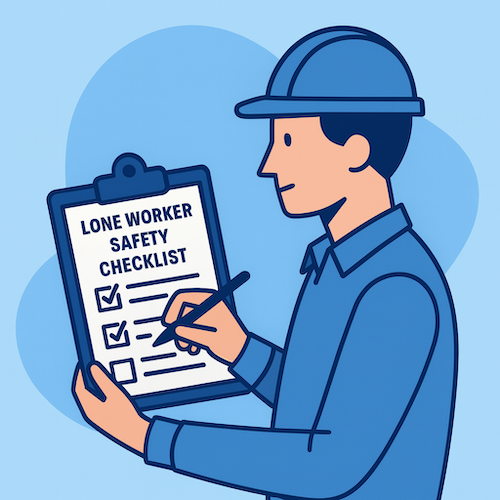

Across Canada, employers are legally required to protect employees who work alone, whether they are in maintenance, utilities, health care, or remote field operations. The Canada Labour Code and provincial OHS regulations (including CNESST, WorkSafeBC, and WSIB) define clear employer obligations : assess hazards, implement preventive measures, and ensure rapid assistance in emergencies.
However, many organisations deploy lone worker devices without a structured plan — focusing on equipment rather than process. A panic button or mobile app is useful only if integrated into a clear safety program : risk identification, communication procedures, and escalation management.
The Neovigie Lone Worker Safety Checklist provides a practical framework to help Canadian safety professionals design, deploy, and maintain a complete lone-worker safety system that aligns with regulatory expectations and privacy obligations under the Personal Information Protection and Electronic Documents Act (PIPEDA) and Québec’s Law 25.
This checklist outlines eleven key steps to create an end-to-end safety program :
This method transforms compliance from a legal burden into a proactive prevention tool.
The checklist is designed for OHS coordinators, field supervisors, and HR departments seeking a reliable framework to audit their current systems or prepare a new safety plan. It can be used :
By following these eleven steps, organisations ensure that every lone worker — from mobile technicians to health-care professionals — can send an alert that triggers a verified and traceable response.
Effective lone worker protection is not only about technology; it’s about communication and accountability.
A checklist helps connect the two : devices generate alerts, but trained teams interpret them and act.
Neovigie’s approach combines certified safety devices with a centralised management platform, allowing real-time supervision, alarm escalation, and compliance reporting.
The checklist helps you ensure that your chosen solution — whether smartphone-based, wearable, or satellite — fits your operational reality and respects Canadian privacy frameworks.
You can now structure your lone worker safety program with confidence.
Download Neovigie’s free checklist to :
👉 Download the complete Lone Worker Safety Checklist